What the Peeper Saw (1972)
What the Peeper Saw (1972)
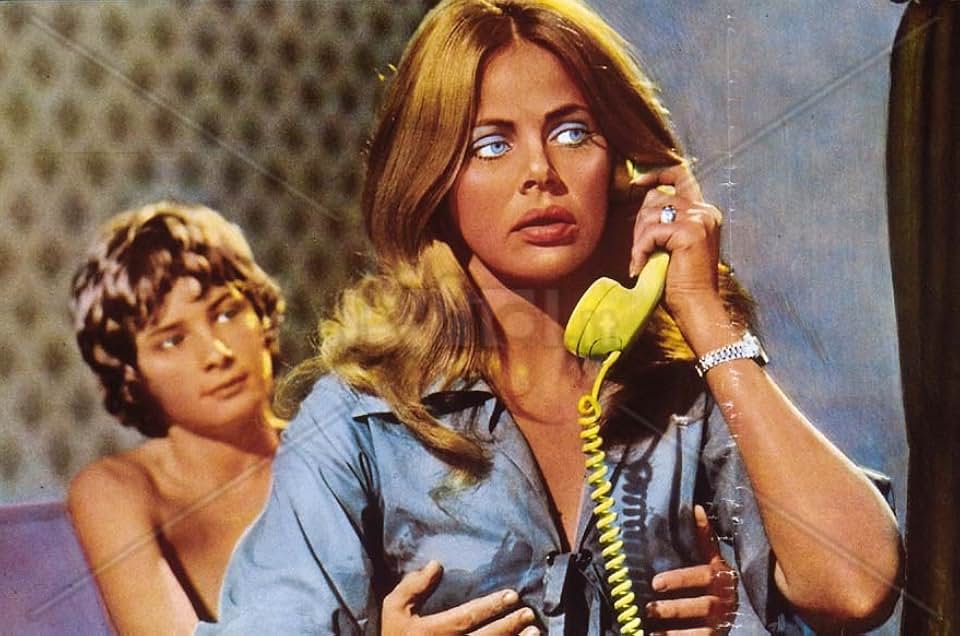 A Chilling Dive into Suspense: Reviewing *What the Peeper Saw* (1972)
A Chilling Dive into Suspense: Reviewing *What the Peeper Saw* (1972)
For fans of psychological thrillers that thrive on tension and mystery, *What the Peeper Saw* (1972) offers an intriguing, if imperfect, experience. Directed by James Kelley and Andrea Bianchi, this film weaves a haunting tale of suspicion and unease, anchored by strong performances and a striking atmosphere. Starring Mark Lester, Britt Ekland, and Hardy Krüger, it’s a slow-burning journey that keeps you guessing—even if it doesn’t always provide the answers you might crave.
###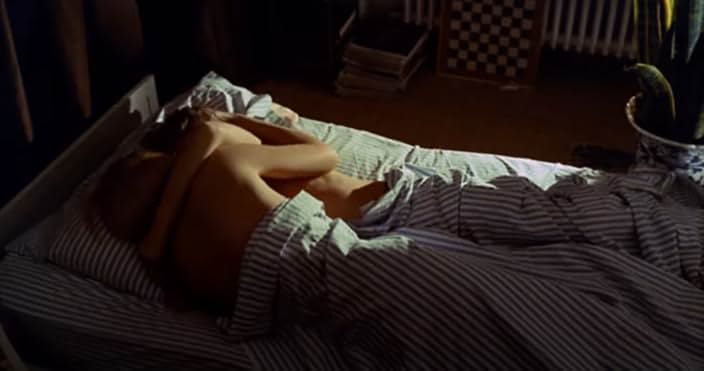
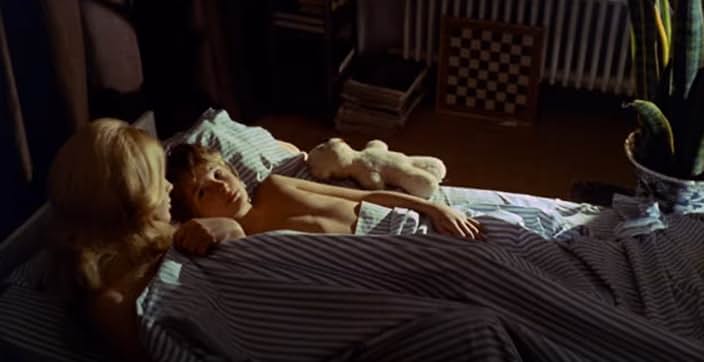 The Setup: A Tale of Doubt and Isolation
The Setup: A Tale of Doubt and Isolation
The story centers on Marcus (Mark Lester), a young boy with an unsettling maturity, and his stepmother Elise (Britt Ekland), whose glamorous exterior hides a growing fragility. Hardy Krüger plays Paul, Marcus’s father, a figure often absent from their isolated world. Set in a secluded mansion, the film explores the escalating tension between Elise and Marcus as she begins to question his behavior. With Paul away, the dynamic between stepmother and stepson takes center stage, blurring the lines between innocence and something far more troubling. It’s a premise that promises suspense, and for the most part, it delivers.
### Standout Performances
The cast elevates this film beyond a simple thriller. Mark Lester’s portrayal of Marcus is nothing short of chilling. His wide-eyed innocence contrasts sharply with a demeanor that feels far too knowing, creating an eerie ambiguity that drives the story. Britt Ekland shines as Elise, bringing a layered vulnerability that makes her unease relatable. You feel her isolation and doubt grow with every scene. Hardy Krüger’s Paul, while less prominent, provides a steady presence, grounding the fractured family dynamic. Together, they create a trio that keeps you invested, even when the plot takes its time to unfold.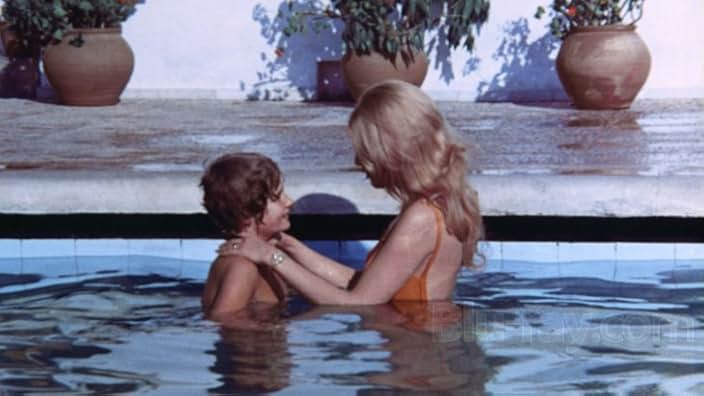

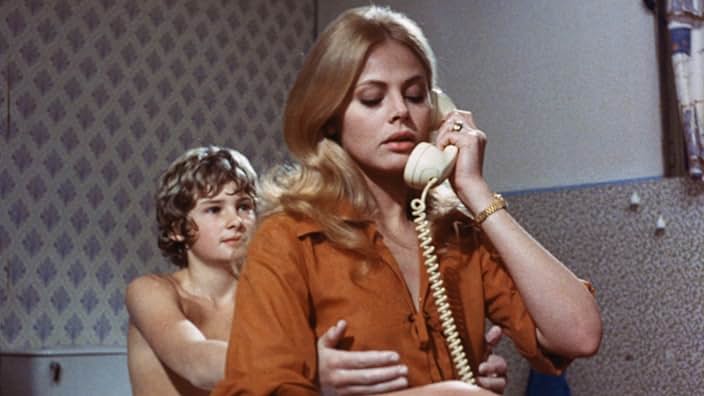
### A Feast for the Eyes
Visually, *What the Peeper Saw* is a treat. The cinematography captures the mansion’s lush yet oppressive isolation, using moody lighting and clever camera angles to amplify the tension. The setting becomes a character in itself, its sprawling emptiness mirroring the emotional distance between its inhabitants. The score, while effective in building suspense, occasionally feels heavy-handed, overpowering quieter moments. Still, the film’s aesthetic pulls you into its world and holds you there.
### Pacing and Ambiguity: A Double-Edged Sword
This isn’t a fast-paced thriller, and that’s both its strength and its weakness. The slow burn allows tension to simmer, drawing you deeper into the characters’ minds. But at times, scenes linger a bit too long, testing the patience of viewers who prefer a quicker tempo. The ambiguity is even more divisive. The film avoids clear resolutions, leaving you to ponder the true nature of its characters and their motives. For some, this open-endedness is thought-provoking; for others, it’s a frustrating loose end.
### Final Thoughts
*What the Peeper Saw* is a haunting, character-driven thriller that thrives on psychological tension rather than outright answers. Its imperfections—uneven pacing and an elusive conclusion—are balanced by standout performances, a gripping atmosphere, and a story that lingers in your mind. It’s not for everyone, but if you’re a fan of suspenseful narratives that leave room for interpretation, this film is worth your time.
**Rating: 3.5/5**
A must-watch for psychological thriller enthusiasts who don’t mind a little mystery with their suspense.


